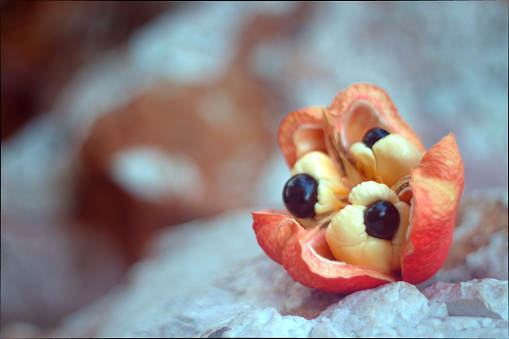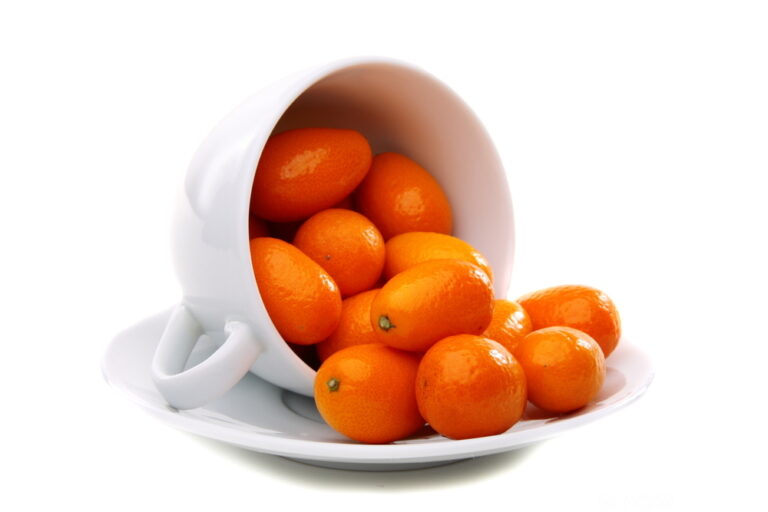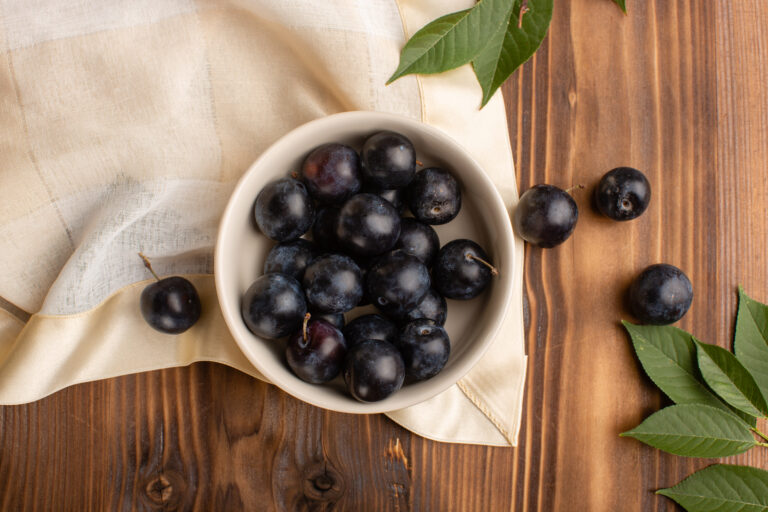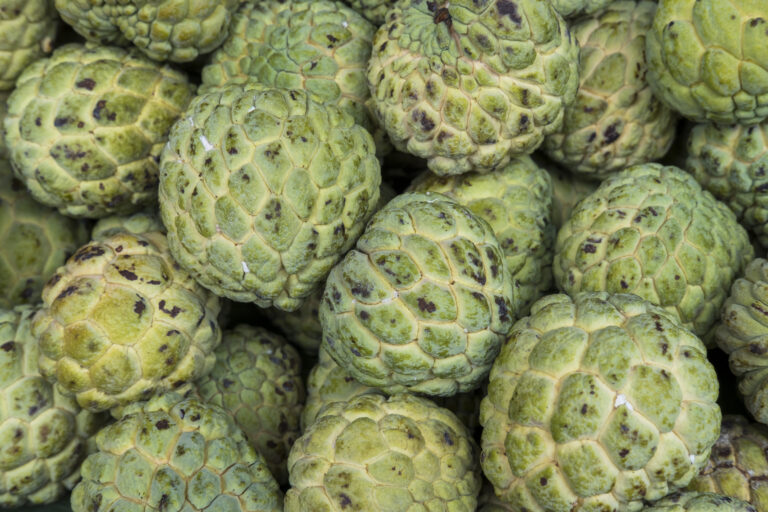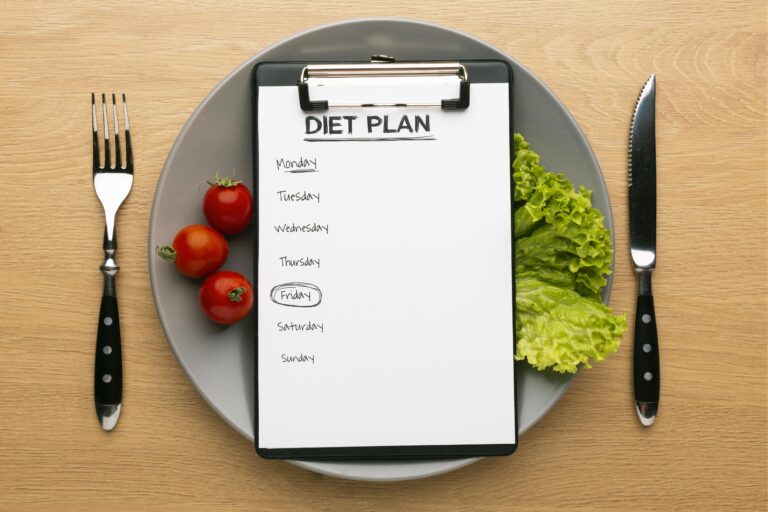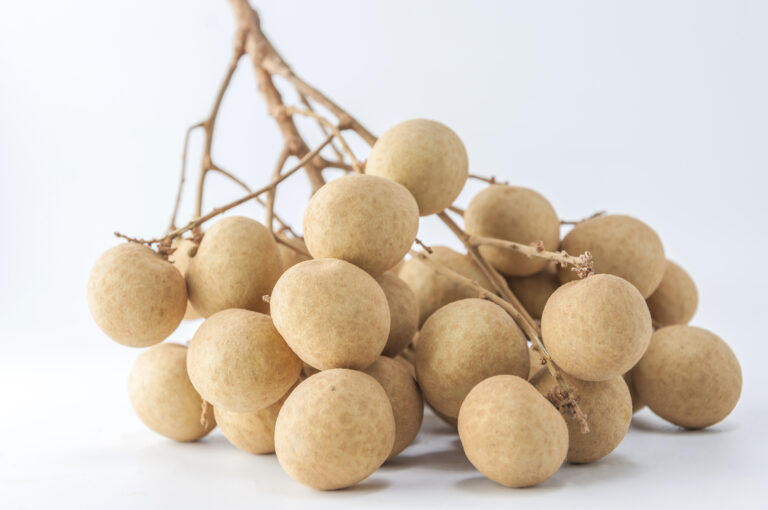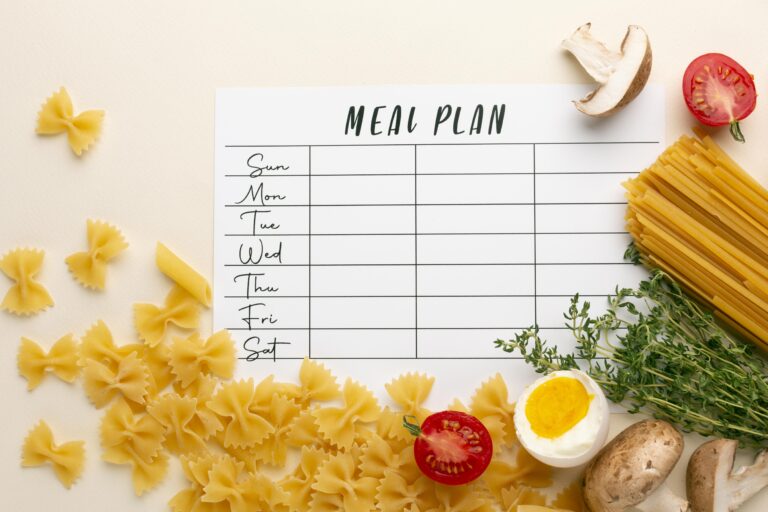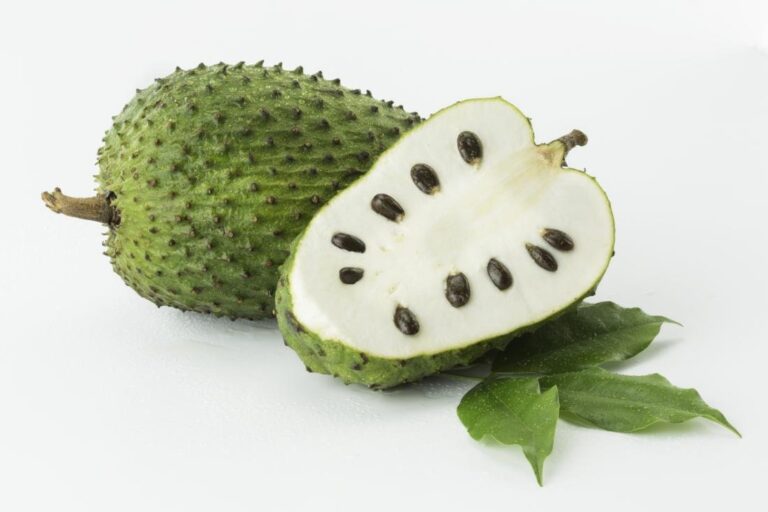Hyperuricemia, a condition characterized by high levels of uric acid in the blood, can lead to gout—a painful form of arthritis. While medications play a crucial role in managing this condition, an appropriate diet can also significantly impact uric acid levels. We going to explore the relationship between diet and hyperuricemia and design a practical and effective diet plan for uric acid patients.
Understanding Uric Acid and Hyperuricemia
Uric acid is a waste product that results from the breakdown of purines—a natural substance found in some foods and human tissues. Under normal circumstances, uric acid dissolves in the blood, passes through the kidneys, and is eliminated from the body through urine.
Causes of Hyperuricemia
Hyperuricemia occurs when there is excessive production of uric acid or the kidneys fail to eliminate enough of it. Factors that contribute to high uric acid levels include genetics, obesity, excessive alcohol consumption, and a diet rich in purine-containing foods.

Foods to Avoid and Emphasize
Foods to Avoid (High-Purine Foods)
Organ Meats: Liver, kidneys, and other organ meats are high in purines and should be avoided or limited.
Red Meat: Beef, lamb, and pork are high-purine meats. Choose lean cuts and eat in moderation.
Seafood: Certain seafood like anchovies, sardines, mussels, and scallops are rich in purines. Limit their intake.
Yeast: Yeast used in baking and brewing contributes to elevated uric acid levels.
Alcohol: Beer, in particular, is associated with increased uric acid production. Limit alcohol consumption, especially beer.
Foods to Emphasize (Low-Purine Foods)
Vegetables: Include a variety of vegetables like spinach, carrots, cucumbers, and bell peppers in your diet.
Fruits: Opt for low-purine fruits such as apples, cherries, pineapples, and strawberries.
Whole Grains: Choose whole grains like oats, brown rice, and quinoa for added fiber and nutrients.
Low-Fat Dairy: Low-fat dairy products like milk, yogurt, and cheese are generally safe for those with hyperuricemia.
Eggs: Eggs are a good source of protein and can be included in a uric acid-friendly diet.

Designing a Diet Plan for Uric Acid Patients
Hydration is Key
Staying hydrated is essential for managing uric acid levels. Drinking enough of water helps dilute uric acid and facilitates its elimination through urine.
Emphasize Low-Purine Foods
Make low-purine foods the cornerstone of your diet. Include a variety of vegetables, fruits, and whole grains to provide essential nutrients without raising uric acid levels.
Include High-Fiber Foods
Fiber-rich foods help lower uric acid levels by promoting kidney function. Opt for foods like legumes, oats, and whole grains to increase your fiber intake.
Moderate Protein Intake
While protein is crucial for health, excessive consumption can contribute to uric acid production. Choose lean protein sources like poultry, tofu, and legumes in moderation.
Limit Alcohol and Sugary Beverages
Alcohol, especially beer, is a significant contributor to hyperuricemia. Limit alcohol consumption and opt for water or herbal teas instead of sugary beverages.
Reduce Saturated and Trans Fats
Unhealthy fats can worsen inflammation and contribute to gout attacks. Reduce the intake of saturated fats (found in red meat and full-fat dairy) and trans fats (found in processed foods).
Sample Uric Acid Diet Plan
Disclaimer: Before following any diet plan, consult a healthcare professional to ensure it is suitable for your specific condition.
Breakfast:
Scrambled eggs with spinach and tomatoes
Whole-grain toast
Fresh strawberries
Lunch:
Grilled chicken salad with mixed greens, cucumbers, and bell peppers
Quinoa on the side
Snack:
Greek yogurt with a handful of almonds
Dinner:
Baked salmon with lemon and dill
Steamed asparagus and broccoli
Brown rice

Lifestyle Tips for Uric Acid Management
- Maintain a healthy weight, hyperuricemia is more likely in those who are obese.
- Aim for a healthy weight through regular exercise and a balanced diet.
- Rapid weight loss and fasting can increase uric acid levels. Focus on sustainable, long-term dietary changes.
- High intake of fructose, found in sugary beverages and some fruits, may raise uric acid levels. Be mindful of fructose-rich foods.
- Regular physical activity can help prevent gout attacks and promote overall well-being.
A carefully planned diet plan for uric acid patients can play a pivotal role in managing hyperuricemia and reducing the risk of gout attacks. By focusing on low-purine, high-fiber foods, and staying hydrated
Hope you got the answer to your query (Diet Plan for Uric Acid Patients). Check out our more blog posts and articles by clicking here.


